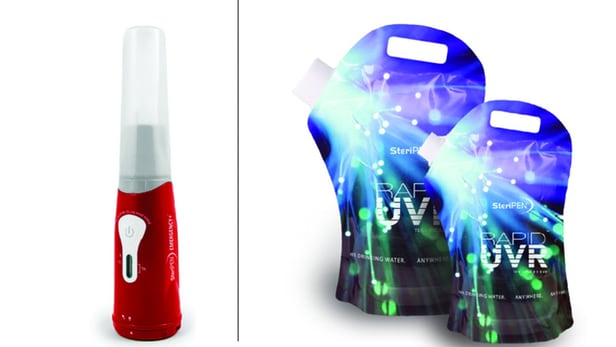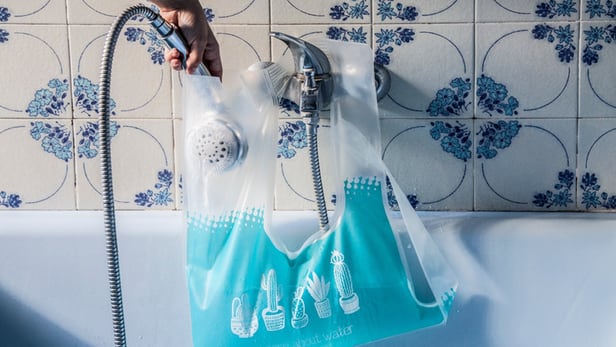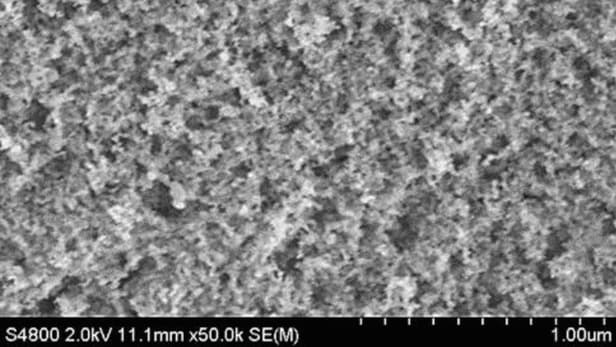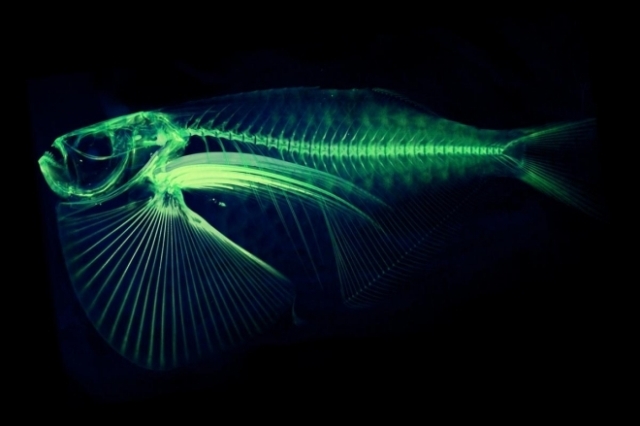There are many ways to filter and purify water out in the wild, the MSR Guardian and Oasis being a couple of the most recent we’ve looked at. Since 1999, Hydro-Photon has gone with ultraviolet light, offering lightweight, compact SteriPen purifiers that quickly zap away microorganisms. With its new Ultraviolet Reflection (UVR) technology, it makes the UV purification process even faster, so outdoor enthusiasts can get clean water more efficiently than ever.
UVR kits pair SteriPen portable, battery operated purifiers with soft RapidUVR water bottles. The bottles feature a proprietary reflective coating that amplifies and contains the UV rays from the purifier, speeding the process enough to purify up to 4 liters of water in 90 seconds, compared to 1 liter/90 seconds when a SteriPen is used without a UVR bottle. Read more












